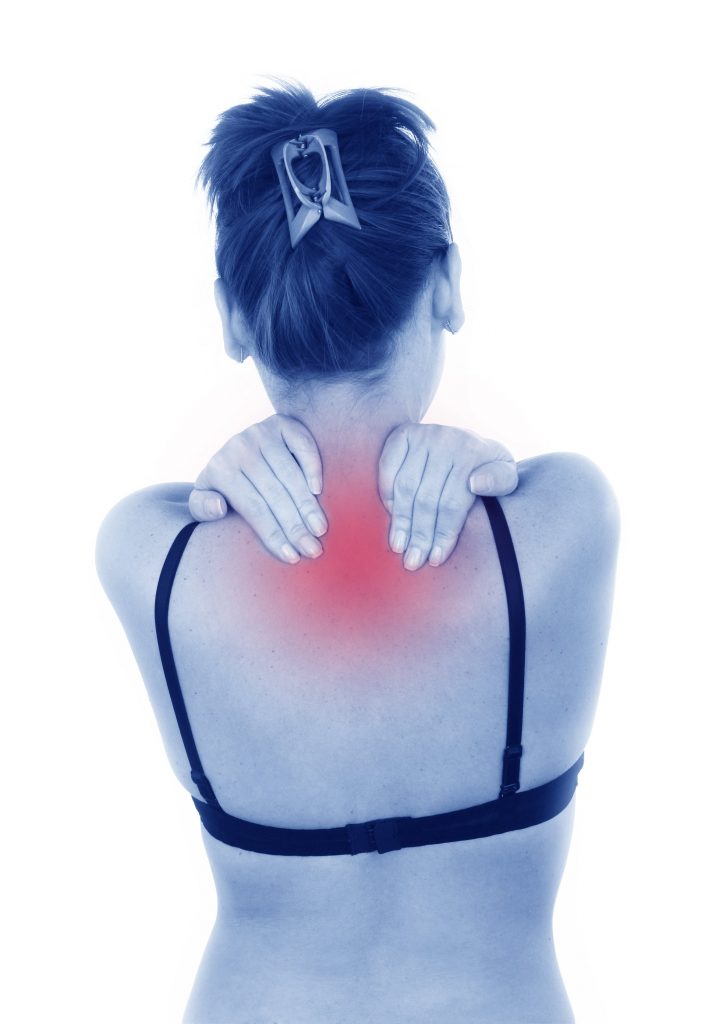Whiplash Associated Disorders and Osteopathy
Why worry about whiplash?
The biggest danger with whiplash injuries is that the symptoms can take years to develop. Too often people don't seek treatment until more serious complications develop.
Even two years after a road traffic accident, some 45% of whiplash victims report they still suffer with symptoms.


What Happens in a Whiplash Injury?
Whiplash is most commonly received from a rear shunt, riding in a car that is struck from behind, or collides with another vehicle.
When the head is suddenly jerked back and forth beyond its normal limits, the muscles and ligaments supporting the spine can be overstretched or torn. The soft pulpy discs between the vertebrae can bulge, tear, or rupture.
Vertebrae can be forced out of their normal position, reducing range of motion. The spinal cord and nerve roots get stretched and irritated and as a result can cause arm and shoulder pain.
Common Whiplash Symptoms
- Neck pain and/or stiffness
- Blurred vision
- Difficulty swallowing
- Irritability
- Fatigue
- Dizziness
- Pain between shoulder blades
- Pain in the arms & hands
- Pain in the legs & feet
- Headache
- Low back pain and/or stiffness
- Shoulder pain
- Nausea
- Ringing in the ears
- Vertigo
- Numbness and tingling
- Pain in the jaw or face
Can Osteopathy Help With Whiplash Associated Disorders ?
As specialists in musculoskeletal disorders we often help clients who have recovered from the initial Whiplash Injury but who are left with residual associated symptoms. We will re-assess the current condition of your muscles, connective tissues and bones and work with you to form a treatment plan based on a combination of Osteopathic manual therapy techniques, exercises, stretches and postural advice.
If left untreated, the spine can heal in the incorrect manner and may cause problems such as neck pain, headaches and nerve pain in the future. Your Osteopath will not only address the spine but the surrounding muscles, tendons and ligaments that help support the spine.
Currently the NICE guidelines for the Management of Acute Whiplash Injury and Late Whiplash Syndrome are generally limited to the prescription of various medications. They state that “There is no consensus on the optimal approach for the evaluation and management of people with late whiplash syndrome and which interventions are most effective.” Sadly this is due to the current lack of research on Whiplash injuries and associated disorders.
We have dozens of testimonials from previous patients here at the clinic who have written to us because of the treatment they have received after car accidents. Osteopathic therapy restores the vertebra and the surrounding soft tissue to their normal physiological position. This, in turn, allows the body to heal itself while in the proper position.
Client Testimonials
“I was recommended by a friend after having a car accident in which I suffered with whiplash,back & shoulder pain. I went to see Alex Bowling for a consultation. He was able to pinpoint the problem areas straight away. The treatment I have been receiving has been a huge help towards my recovery & helped me get back to work. All the staff are friendly & professional. Would highly recommend.”Tracey Whiplash
“Alex is fantastic, I suffered a proven severe whiplash injury which physiotherapy could not change, after putting up with pain and discomfort for over 18 months I was recommended to see Alex by a friend, within 10 sessions of acupuncture and chiropractic treatment the difference was amazing. I would fully recommend Alex and his team for any back, neck or muscular pain injuries. Thanks Alex !!”Anthony Whiplash
